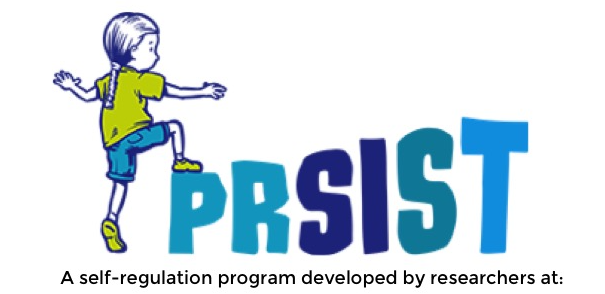
Eye Spy
What to do: Tell the children you are going to think of something you can see around you, and you are going to give them clues to see if they can guess what it is. Unlike the classic I Spy game, however, give multiple clues that children have to remember and consider at once. For instance, to have children try to guess a teddy bear, you might say I spy, with my little eye, something that is brown, soft, and in the reading area. Have children take turns guessing, and where necessary prompt the children to recall the clues. The child who guesses correctly first can pick the next object. Support them to give the same number of clues that you did, thinking of different ways to identify the object (they can whisper their choice to you if they are struggling). Have that child be the moderator of the turn taking for children’s guesses as well.
Too easy? How to increase challenge: Indicate some properties that the object is not. For instance, to have children try to guess a doll, you might say I spy, with my little eye, something that is not green, not hard, and not in the reading area.
Ideal formation(s): Small group or large group.
What it does: This activity challenges children’s ability to maintain attention on the clues they are given and what others have already guessed. It also requires persistence when success is not immediate, making further guesses, and dealing with disappointment if someone guesses before you.
Links to ELYF:
- Demonstrate an increasing capacity for self-regulation; Be open to new challenges and discoveries; Take considered risks in their decision-making and cope with the unexpected; Persist when faced with challenges and when first attempts are not successful; Increasingly cooperate and work collaboratively with others (from Outcome 1.2)
- Show interest in other children and being part of a group (from Outcome 1.4)
- Make choices, accept challenges, take considered risks, manage change and cope with frustrations and the unexpected(from Outcome 3.1)
- Persist even when they find a task difficult (from Outcome 4.1)
- Apply a wide variety of thinking strategies to engage with situations and solve problems, and adapt these strategies to new situations (from Outcome 4.2)
- Draw on memory of a sequence to complete a task; Begin to sort, categorise, order and compare collections and events and attributes of objects and materials, in their social and natural worlds (from Outcome 5.4)




